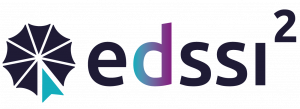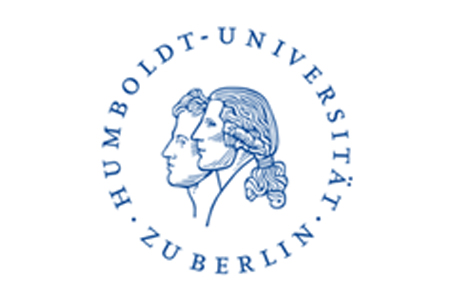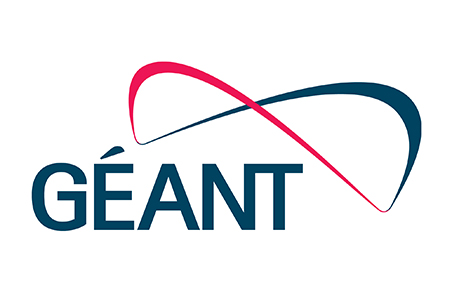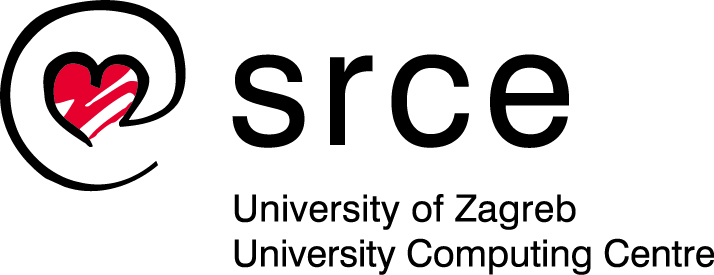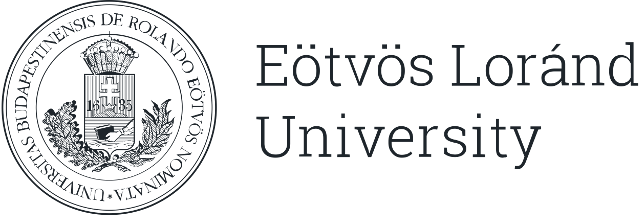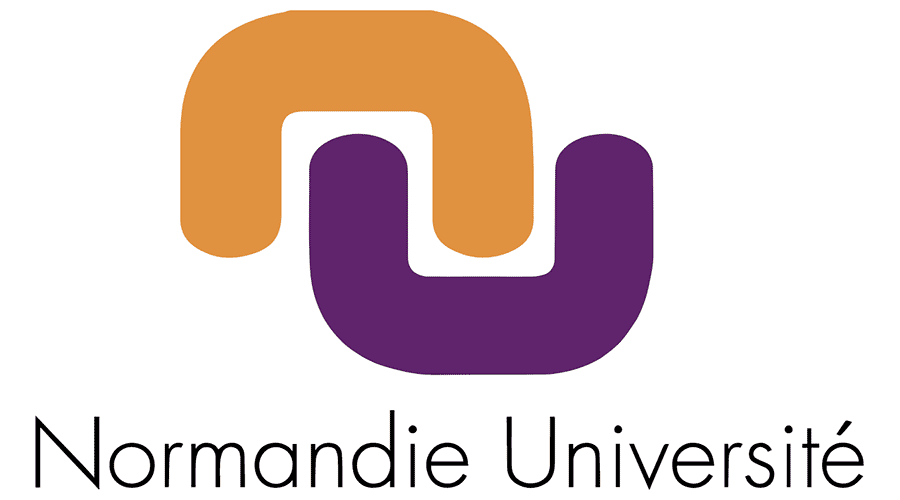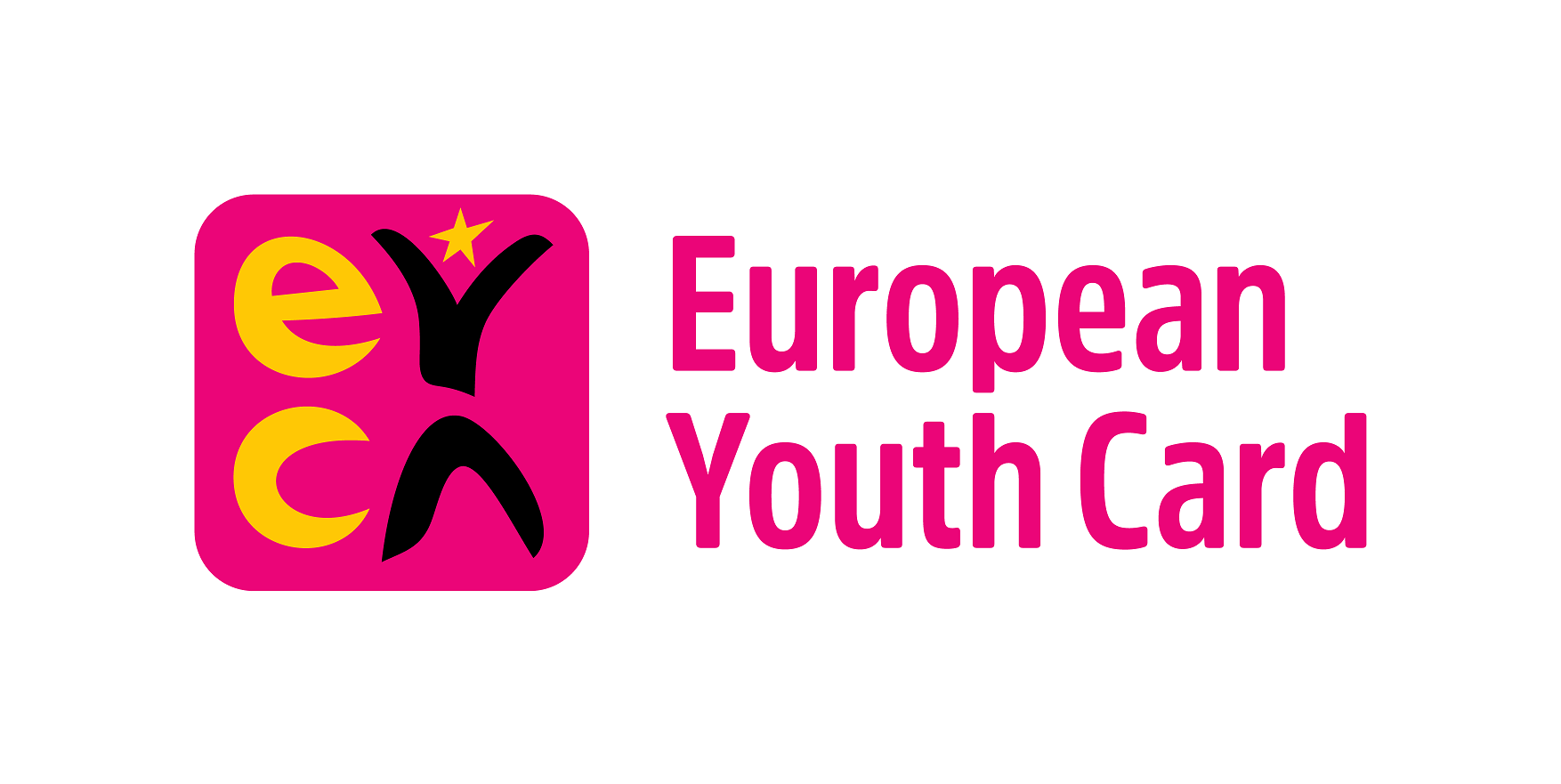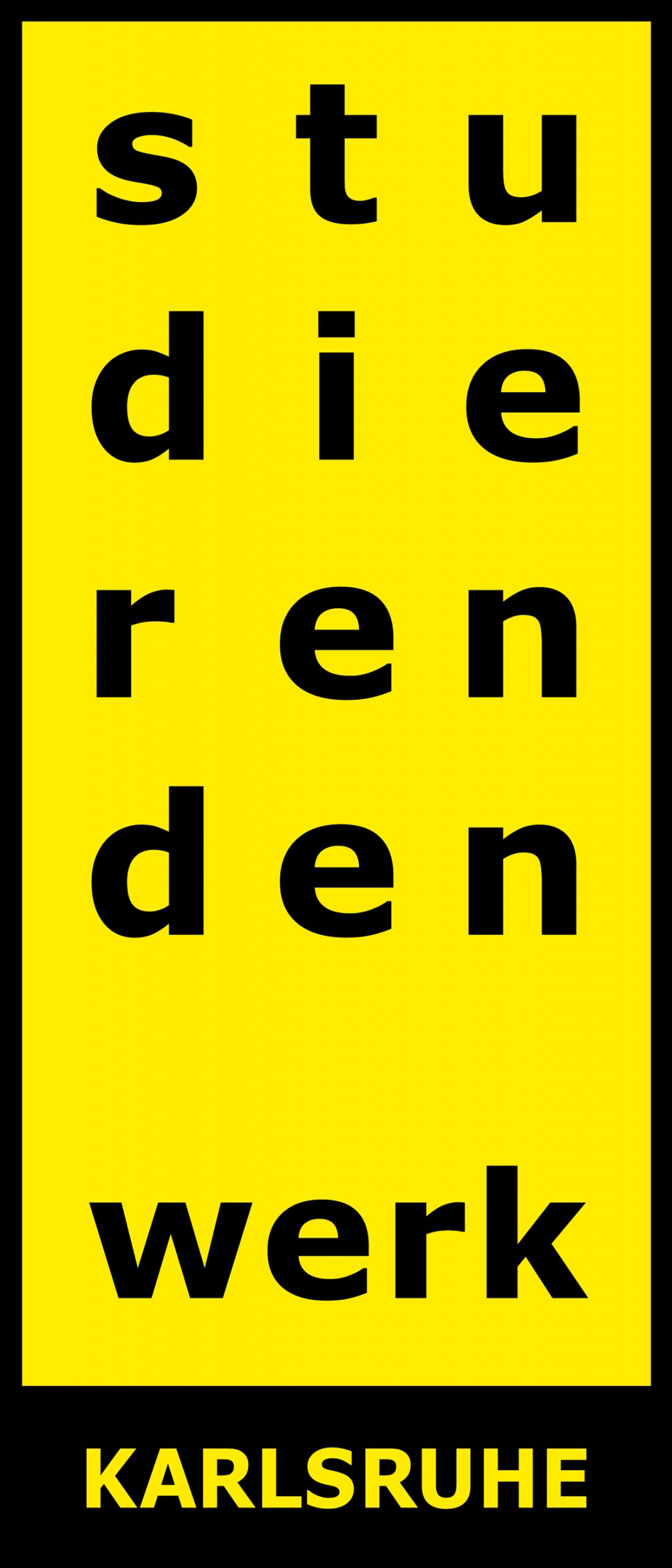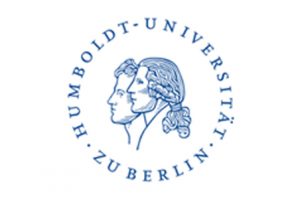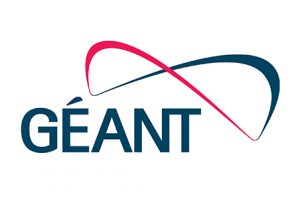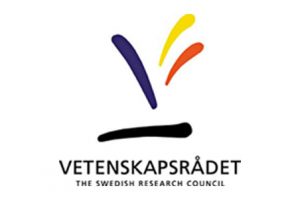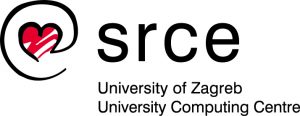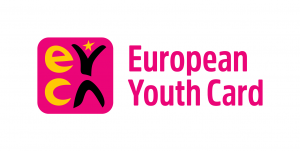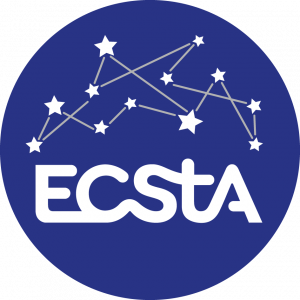The EDSSI L2 project concluded in autumn 2023. The advancements in digital services for students across Europe, along with the main outputs of the EDSSI...
EDSSI (L1 & L2)
About EDSSI and Level 2
What is EDSSI? What is Level 2?
The EDSSI project created a core infrastructure whose goal was to provide students with a seamless mobility experience. With the infrastructure now up and running, the second phase of the project can take over.
EDSSI L2 intends to further harmonise the operation of the different building blocks of the digital Erasmus+ ecosystem, mainstream secure authentication, propose application of EU Building Blocks and further develop the interoperability network with the student service providers.
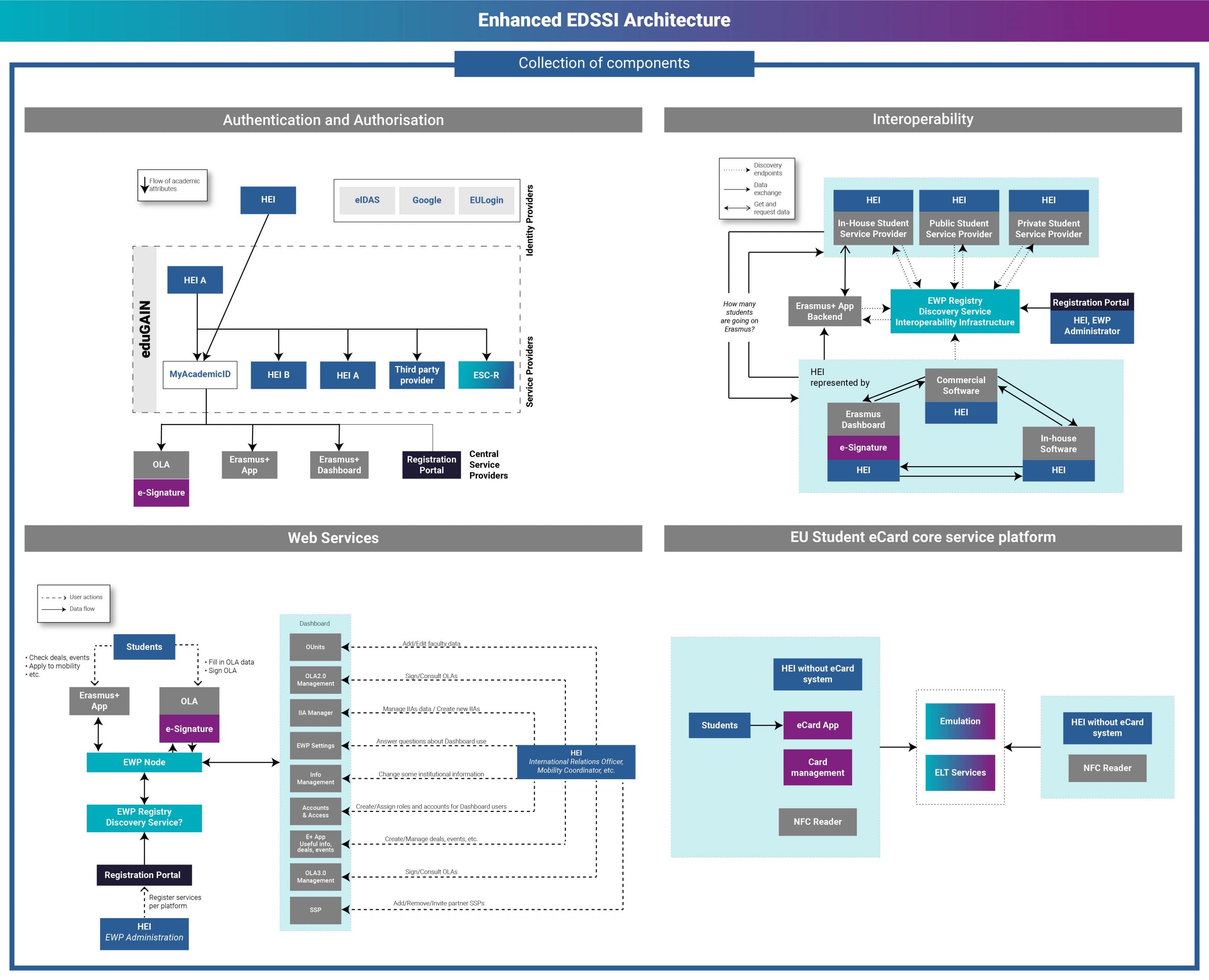
The EDSSI projects are taking steps in harmonising the Erasmus+ digitalisation infrastructure. The first leg of the project (EDSSI 1) started building bridges between the different tools for Erasmus+ mobility administration which were often the result of the pro-bono work of few enthusiastic International Relations Officers and developers from a few universities in Europe.
Both funded by the Connecting Europe Facility (CEF) Telecom budget, EDSSI 1 and 2 aim on one hand to align the elements of the Erasmus+ digital service infrastructure; on the other hand, to make it accessible for students with their own university credentials (including EU student eCard, or any other type of student ID) and national eIDs.
The graph intends to visualise the state of the so-called EDSSI architecture, currently under further development and fine-tuning, and to illustrate the core elements of the European Student Card Initiative infrastructure that oversees the EDSSI projects.
At the moment, the overall architecture consists of four main components: authentication and authorisation, interoperability, WebService, EU Student eCard core service platform.
Authentication and authorisation
Authentication and authorisation are two of the main pillars of Erasmus+ digitalisation. Living in a world where online security and authentication are becoming important aspects of our life, it is essential that the multitude of tools handling, managing or forwarding students data are accessed safely and securely.
MyAcademicID and eduGAIN ensure reliable authentication and identification services for the various Erasmus+ online tools.
Under the previous EDSSI project:
- New identification and authentication options were added. As a result, students can now use their national eIDs through eIDAS to access tools, such as the Erasmus+ App or the OLA.
- A substantial contribution was made towards disseminating the European Student Identifier (ESI) and its adaptation for ECHE holder Higher Education Institutions (HEI).
- The authentication of HEI staff members has also been made possible, contributing the necessary means for the secure operation of the infrastructure for all users.
Interoperability
This component ensures that all information related to Erasmus+ study mobility management can be retrieved with the assistance of the network. By bringing together HEIs, the network facilitates the sharing of data relevant for Erasmus+ mobility administration.
Under the previous EDSSI project:
- all APIs were updated according to the latest updates of the Erasmus+ programme and validated by all users (including in-house systems and commercial providers) of the Network.
- The innovative Registration Portal was introduced with the goal to provide HEIs with a single point of entry to the infrastructure.
WebService
The WebService aims to support HEIs lacking budget or infrastructure for in-house or commercial mobility management software to manage the administration of Erasmus+ students mobility online.
- Under the previous EDSSI project:
the WebService was aligned to all the new APIs of the Interoperability network. - A new innovative element, the Student Service Provider (SSP) module, was integrated. Acknowledging the increasing need to get information on student services (such as proper and safe accommodation options, insurance or psychological counselling), this module allows different student service providers to inject their data into the infrastructure, hence making such information available to students or university staff.
EU Student eCard core service platform
Student ID is inevitable to guarantee a smooth mobility experience. However, arranging student IDs for incoming international students is one of the most challenging tasks for HEIs in general, IROs in particular, mainly due to compatibility issues. Consequently, students struggle to arrange their student IDs at the host institution having to go through a lengthy bureaucratic hassle.
With the introduction of an additional component to the digital infrastructure – the EU Student eCard core service platform – the EDSSI L2 project will strive to tackle these issues via the creation of standards for interoperability and compatibility with a NFC-based eCard reader system hence ensuring a seamless user experience.
Introducing e-Signatures with EDSSI L2
Furthermore, the EDSSI L2 project will add e-signatures to the different components of the (EDSSI) architecture.
E-signatures will be first introduced in the OLA portal. The intended objective is to show that they can be integrated into the already existing workflow, thus making it possible to sign and later validate the OLAs being processed in the system. As a result, students and staff when signing the OLA will be able to identify and verify their signatures.
Once achieved in the OLA component, the integration of e-signatures will be brought into other components used in the EWP network.
This element will make Erasmus+ even greater than it is today and will crown this programme that contributed to a peaceful Europe for the past 35 years.
News
Key Highlights from the EDSSI L2 EU Student eCard Conference & Training
As the curtains close on the EDSSI L2 EU Student eCard Conference & Training event, we reflect on two days filled with insightful discussions, valuable...
EU Student eCard Stakeholders Forum
Attend the EU Student eCard Stakeholders Forum for an opportunity to have your say in the latest developments of the enhanced digital infrastructure!
EDSSI (L1 & L2)
About EDSSI and Level 2
What is EDSSI? What is Level 2?
The EDSSI project created a core infrastructure whose goal was to provide students with a seamless mobility experience. With the infrastructure now up and running, the second phase of the project can take over.
EDSSI L2 intends to further harmonise the operation of the different building blocks of the digital Erasmus+ ecosystem, mainstream secure authentication, propose application of EU Building Blocks and further develop the interoperability network with the student service providers.
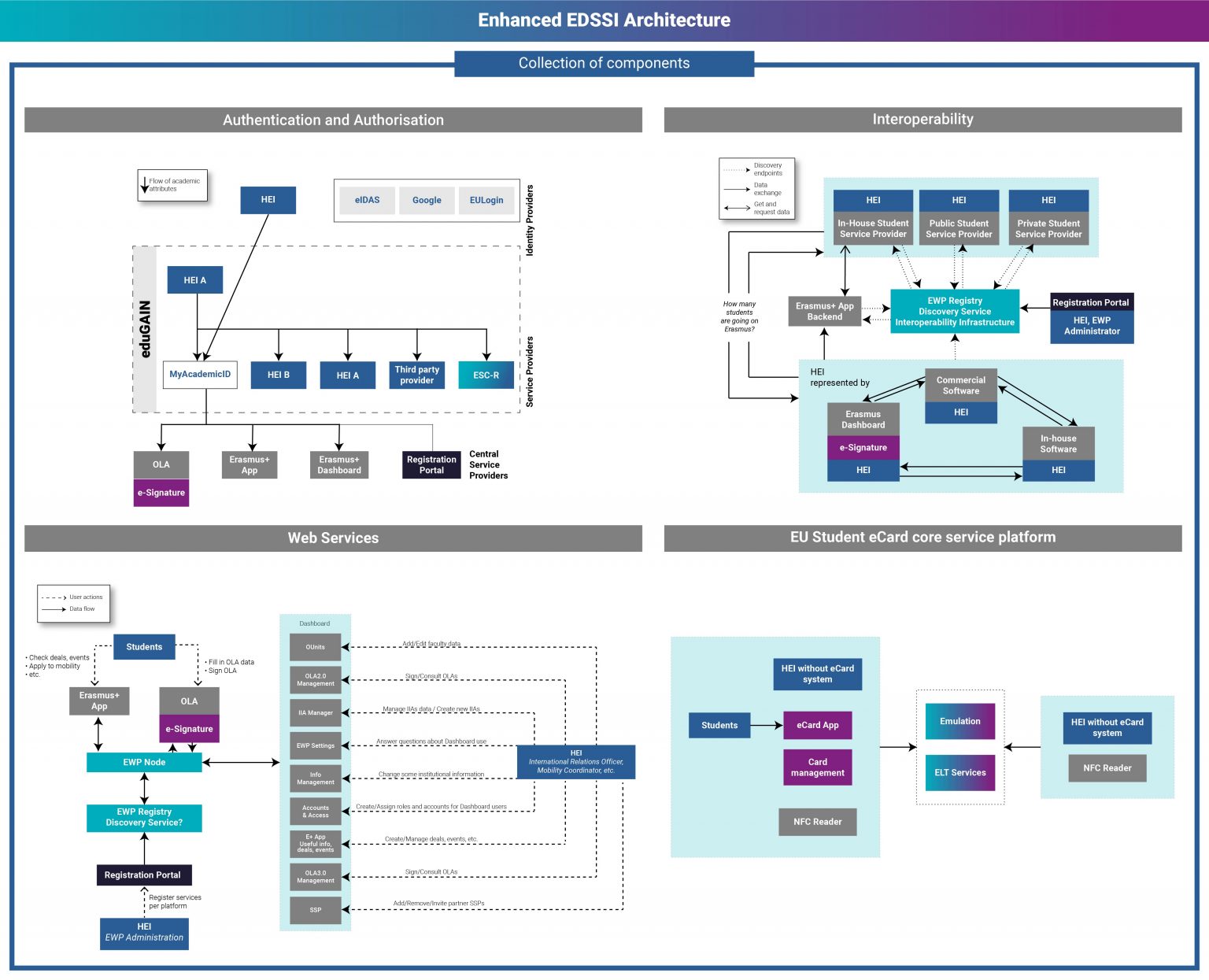
The EDSSI projects are taking steps in harmonising the Erasmus+ digitalisation infrastructure. The first leg of the project (EDSSI 1) started building bridges between the different tools for Erasmus+ mobility administration which were often the result of the pro-bono work of few enthusiastic International Relations Officers and developers from a few universities in Europe.
Both funded by the Connecting Europe Facility (CEF) Telecom budget, EDSSI 1 and 2 aim on one hand to align the elements of the Erasmus+ digital service infrastructure; on the other hand, to make it accessible for students with their own university credentials (including EU student eCard, or any other type of student ID) and national eIDs.
The graph intends to visualise the state of the so-called EDSSI architecture, currently under further development and fine-tuning, and to illustrate the core elements of the European Student Card Initiative infrastructure that oversees the EDSSI projects.
At the moment, the overall architecture consists of four main components: authentication and authorisation, interoperability, WebService, EU Student eCard core service platform.
Authentication and authorisation
Authentication and authorisation are two of the main pillars of Erasmus+ digitalisation. Living in a world where online security and authentication are becoming important aspects of our life, it is essential that the multitude of tools handling, managing or forwarding students data are accessed safely and securely.
MyAcademicID and eduGAIN ensure reliable authentication and identification services for the various Erasmus+ online tools.
Under the previous EDSSI project:
- New identification and authentication options were added. As a result, students can now use their national eIDs through eIDAS to access tools, such as the Erasmus+ App or the OLA.
- A substantial contribution was made towards disseminating the European Student Identifier (ESI) and its adaptation for ECHE holder Higher Education Institutions (HEI).
- The authentication of HEI staff members has also been made possible, contributing the necessary means for the secure operation of the infrastructure for all users.
Interoperability
This component ensures that all information related to Erasmus+ study mobility management can be retrieved with the assistance of the network. By bringing together HEIs, the network facilitates the sharing of data relevant for Erasmus+ mobility administration.
Under the previous EDSSI project:
- all APIs were updated according to the latest updates of the Erasmus+ programme and validated by all users (including in-house systems and commercial providers) of the Network.
- The innovative Registration Portal was introduced with the goal to provide HEIs with a single point of entry to the infrastructure.
WebService
The WebService aims to support HEIs lacking budget or infrastructure for in-house or commercial mobility management software to manage the administration of Erasmus+ students mobility online.
- Under the previous EDSSI project:
the WebService was aligned to all the new APIs of the Interoperability network. - A new innovative element, the Student Service Provider (SSP) module, was integrated. Acknowledging the increasing need to get information on student services (such as proper and safe accommodation options, insurance or psychological counselling), this module allows different student service providers to inject their data into the infrastructure, hence making such information available to students or university staff.
EU Student eCard core service platform
Student ID is inevitable to guarantee a smooth mobility experience. However, arranging student IDs for incoming international students is one of the most challenging tasks for HEIs in general, IROs in particular, mainly due to compatibility issues. Consequently, students struggle to arrange their student IDs at the host institution having to go through a lengthy bureaucratic hassle.
With the introduction of an additional component to the digital infrastructure – the EU Student eCard core service platform – the EDSSI L2 project will strive to tackle these issues via the creation of standards for interoperability and compatibility with a NFC-based eCard reader system hence ensuring a seamless user experience.
Introducing e-Signatures with EDSSI L2
Furthermore, the EDSSI L2 project will add e-signatures to the different components of the (EDSSI) architecture.
E-signatures will be first introduced in the OLA portal. The intended objective is to show that they can be integrated into the already existing workflow, thus making it possible to sign and later validate the OLAs being processed in the system. As a result, students and staff when signing the OLA will be able to identify and verify their signatures.
Once achieved in the OLA component, the integration of e-signatures will be brought into other components used in the EWP network.
This element will make Erasmus+ even greater than it is today and will crown this programme that contributed to a peaceful Europe for the past 35 years.
News
An update from the EDSSI L2 project
The EDSSI L2 project concluded in autumn 2023. The advancements in digital services for students across Europe, along with the main outputs of the EDSSI...
Key Highlights from the EDSSI L2 EU Student eCard Conference & Training
As the curtains close on the EDSSI L2 EU Student eCard Conference & Training event, we reflect on two days filled with insightful discussions, valuable...
EU Student eCard Stakeholders Forum
Attend the EU Student eCard Stakeholders Forum for an opportunity to have your say in the latest developments of the enhanced digital infrastructure!
